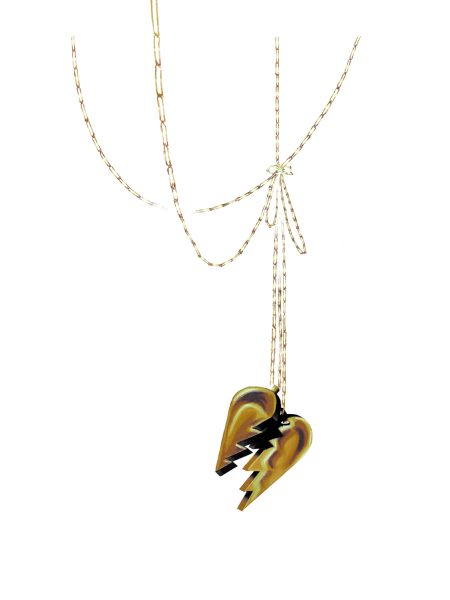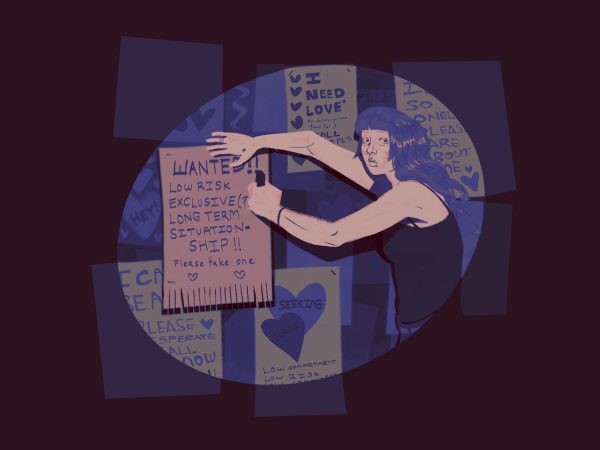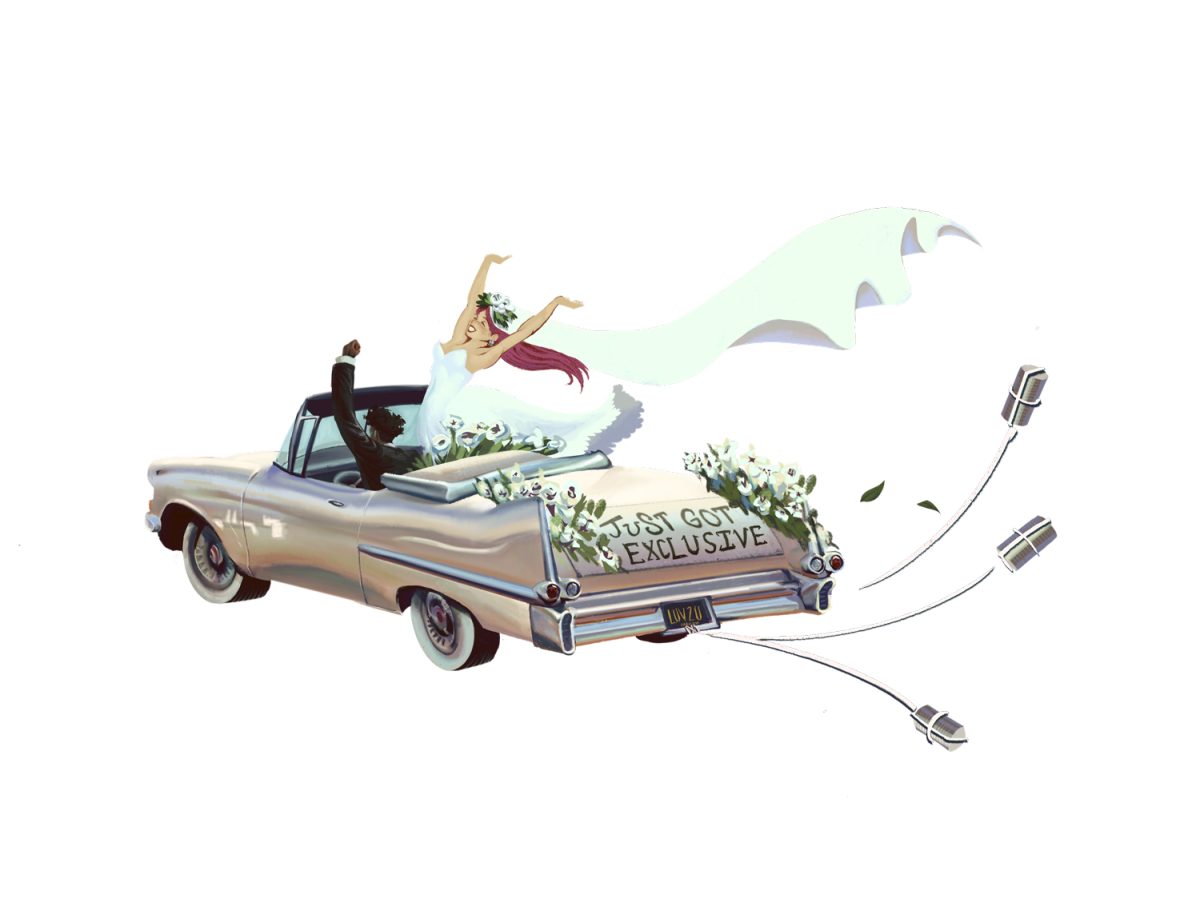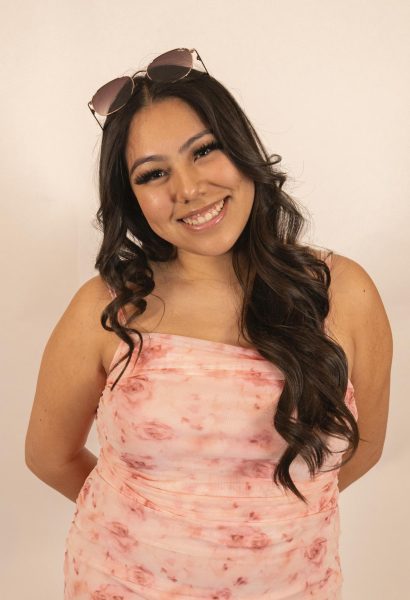Fresh out of a relationship, Danielle downloaded a dating app in search of validation, swiping through profiles not for romance but for reassurance. Then came Alejandro. At first, he was just another match, perhaps someone to text when she wanted company, nothing more. But as they spent more time together, the lines blurred. Soon, she was sleeping over at his place and spending entire days with him. But still, even after meeting his parents they never defined what they were. “I just wanted a casual fling,” she says. “But we found so much stuff we had in common.”
Danielle and Alejandro’s undefined dynamic is part of a larger trend in modern dating—what’s now known as a “situationship.” Cambridge Dictionary defines the term as “a romantic relationship between two people who do not yet consider themselves a couple but who have more than a friendship.” To some people a situationship can work out, but it often goes against their values, leaving them upset and frustrated.
Danielle and Alejandro first matched August 2024 on Hinge. After talking for a couple of days on the app, they decided to exchange each other’s Instagram handles, when they noticed they had a bunch of mutuals from high school. Danielle didn’t think too much about Alejandro as she was talking to multiple people. It wasn’t until after a week of not talking that she texted him. Minutes later, he came over and they ended up hooking up. She found Alejandro cute, and she wanted to keep him around. Evenutally, he would come over to her house to hang out. They got so comfortable with each other, that he’d even pick her up at 3 a.m. to go eat mozzarella sticks at Denny’s. It had struck Danielle that she genuinely liked him; she wanted a relationship with Alejandro. However, Alejandro had a hard time vocalizing what he wanted, leaving Danielle frustrated and confused.
Unlike traditional dating, situationships thrive in ambiguity. They can be liberating, free of expectations, empowering individuals to define their own relationship dynamics. Some embrace the idea while others find the concept frustrating.
Alicia Smith, a Fullerton-based life and dating coach, suggests asking direct questions early on: What are we looking for? Are we both comfortable with this dynamic? If answers are vague or noncommittal, it may be a sign that one person is not emotionally invested in the same way.
A 2024 YouGov study of 1,100 U.S. adults found that 11% of Americans from ages 18-34 started their situationship via dating apps. The ease of meeting people through dating apps like Hinge, Tinder and Bumble creates a culture of convenience. With just a few swipes, people can access an endless pool of potential partners. Instead of investing in a long-term relationship, many opt for the fluidity of a situationship, which allows for companionship without the pressure of exclusivity. The YouGov study also found that 44% of men are likely to recommend dating apps that are more geared toward situationships, compared to 35% of women.

Samantha, a 19-year-old who has been in multiple situationships, enjoyed this lack of pressure. “It’s so exciting, like, I don’t have to commit, but I can,” she says. Samantha had been in an on-and-off situationship with a girl named Jennifer, who was a year older than her. They first met in August 2019 when Samantha was a freshman in high school and Jennifer was a sophomore. It wasn’t until March 2020 that they started to get to know each other, but cut connections for three months over the summer. In the beginning of Samantha’s sophomore year, they reconnected and eventually Samantha asked Jennifer to be her girlfriend. However, after a month Jennifer told her she wasn’t ready for a relationship and needed to focus on her mental health. Samantha understood but was confused because Jennifer still wanted her in her life. They decided to become a situationship. That went on for three years until October 2023, when Samantha decided to break things off so she could see other people.
A common misconception is that situationships are the same as casual dating or non-monogamy. “The biggest difference between a situationship and casual dating is the level of emotional involvement. Situationships often mimic relationships, with partners spending significant time together, even meeting each other’s families, but without the commitment,” Smith says. It’s the label boyfriend and girlfriend that differentiates a situationship from a relationship. This uncertainty can leave one or both partners feelings stuck, unsure of whether to push for something more or walk away.
Smith emphasizes the importance of self-awareness and communication for those navigating modern dating. “You have to know what you want. If you’re looking for something more defined, be upfront about it. If you’re okay with a situationship, make sure it’s a mutual agreement, not something you’re settling for,” she says.
Studies show women are focusing on their careers and independence, and traditional markers of commitment, like marriage, are being delayed. In 2020, a study by Pew Research found nearly 60% of single adults under 30 are not actively looking for a relationship, citing personal growth and financial instability as reasons.

One the other hand, Cynthia, 33, says situationships don’t work for her. She reflects on how dating culture has changed since the early 2010s. “Back when I was dating, there were clearer expectations: meeting someone, date for a while, then settle down. Now, it’s all about independence and 50/50 partnership,” she says. Cynthia recalls her first relationship with Marcos being 50/50 in a sense of independence, where they lived together but each paid for their own expenses instead of putting it all together. They had been dating on and off since they were 13 years old and stayed together for four years after high school. Eventually, they broke up due to drifting apart. Now she’s in another committed relationship and is engaged, but she had her share of situationships in between. Those didn’t work for her. “I was very straightforward on what I was looking for and if they respected it then okay but if they didn’t then I wouldn’t waste my time,” she says.
Danielle knew her worth and knew she deserved someone who is willing to be a lover, friend and soulmate. She decided she didn’t want her time being wasted any longer being with someone who wouldn’t give her what she desired. She texted Alejandro telling him how she felt and said goodbye, deleting his number. Now, after deleting Hinge, Danielle is with Chris who values her and knows she’s someone worth not losing.
This appeared in the Summer 2025 print issue of Inside Fullerton.



